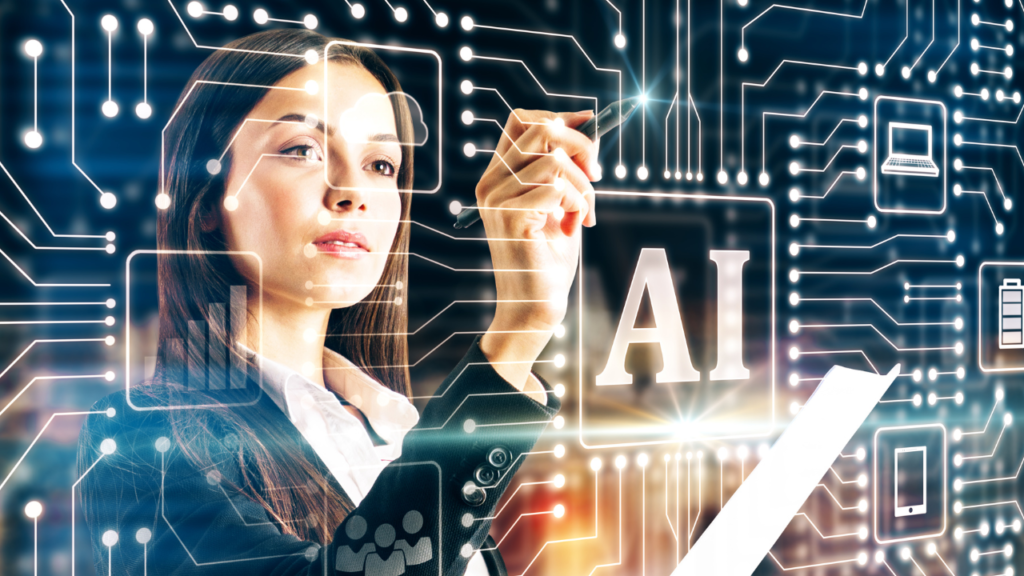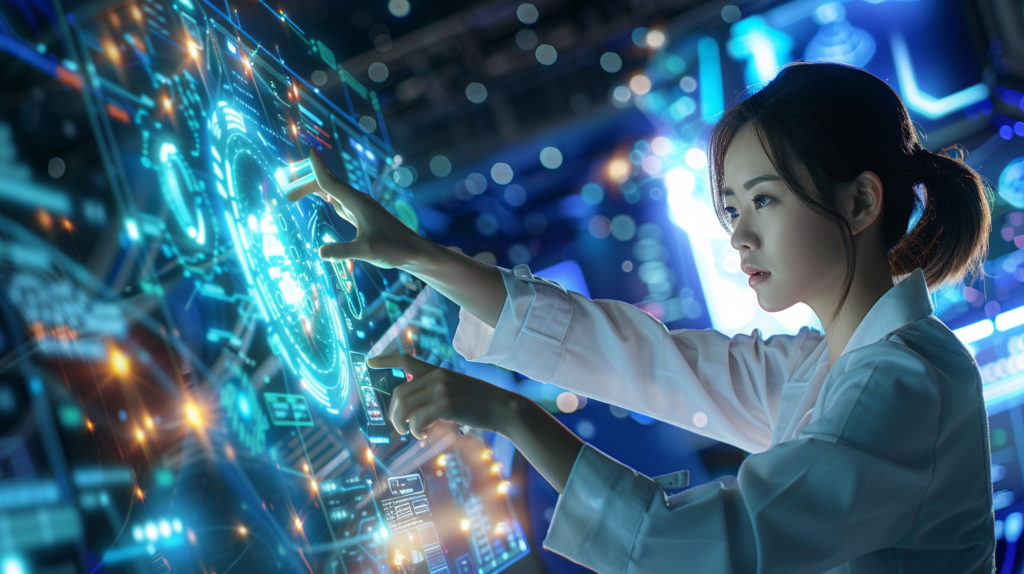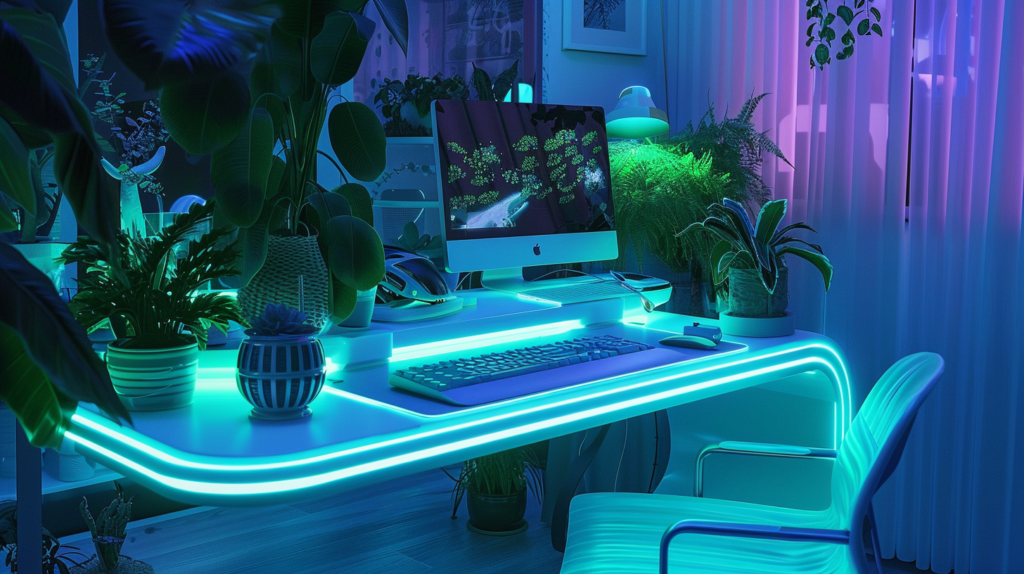
Hello there, my fellow design enthusiasts and champions of user-centered creation! Sit tight, grab a cup of your favorite caffeinated beverage (or decaf, if you’re one of those rare creatures), and let’s talk about a wild little thing called Artificial Intelligence. You know, the tech that keeps being hailed as the “future of everything” by Silicon Valley hotshots and your techno-enthusiast friend who won’t stop talking about the latest trends.
Oh, you thought it was just about smart home devices, automated factories, and recommending yet another binge-worthy series on Netflix? Buckle up, buttercups, because we’re about to go on a roller coaster ride into the thrilling world of AI-driven user experience design.
Let’s set the scene. User Experience (UX) is a multidimensional field, like a digital Rubik’s cube with an uncanny capacity to induce both headaches and breakthroughs. The goal? To create seamless, intuitive, and enjoyable interactions for our users. We, the humble UX designers, are the puppet masters, crafting digital experiences with equal parts psychology, design principles, and a splash of empathy. But AI, that sneaky minx, has sauntered into our world, and it’s eyeing the puppet strings.
Now imagine, just for a moment, that our Rubik’s cube could solve itself, changing and adapting to each user’s unique preferences, quirks, and habits. Imagine a design process not just informed by user behavior, but actively shaped by it in real-time. That’s the power of AI, folks. We’re not just talking about making our jobs a tad easier; we’re talking about a tectonic shift in the very way we approach UX.
AI empowers us to transition from the traditional, largely static UX design to an evolutionary, adaptive one. The AI does not just merely take over mundane tasks, it also helps us personalize experiences at an unprecedented level, taking into account a user’s context, preferences, and even mood. It allows us to optimize interfaces in real-time, design inclusive solutions for diverse user groups, and use predictive analytics to anticipate user needs before they even know they have them. All of this sounds too good to be true, doesn’t it?
But don’t worry, there’s no need to panic about an AI uprising just yet (unless Skynet does become self-aware, then we might have other problems). AI isn’t about to replace us, but rather enhance our ability to create more human-centered designs. It’s like your friendly neighborhood superhero, swooping in to save the day just as you’re about to pull your hair out over an unsolvable design conundrum.
And so, dear reader, as we stand on the precipice of this brave new world of AI-powered UX design, let’s not be fearful. Instead, let’s embrace it with open arms, curiosity, and a dash of skepticism (because hey, we’re not completely gullible).
So, instead of a grand conclusion (because who needs those old-fashioned things?), let’s think of this as a “to be continued…” in the thrilling adventure of UX design. A tale where our sidekick AI, despite its quirks and idiosyncrasies, helps us shape a future where technology truly serves humans, not the other way around. Cheers to that, eh?


